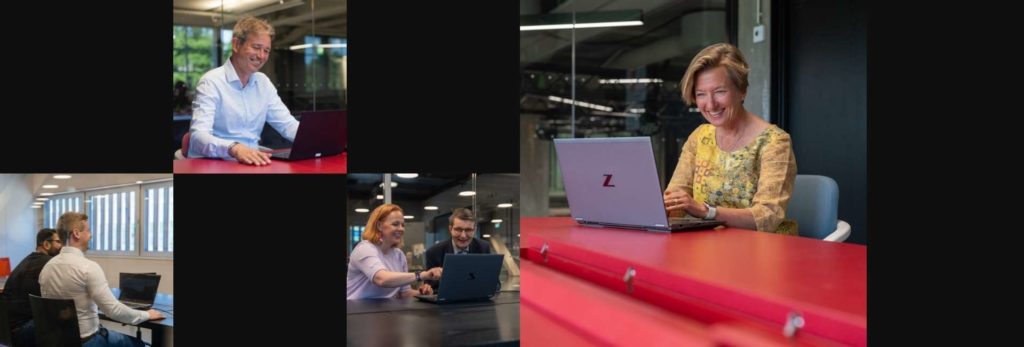Future of Organizations
The dawn of the Internet inspired scholars to envision the future of organizations as “dynamic networks with heavy reliance on self-managed workgroups and a greater willingness to view organizational boundaries and membership as highly flexible” (Miles & Snow, 1986, p. 73). Nearly forty years later, this vision is reality. Practices to organize work around projects is a common way in almost any organization. In addition, intensified global competition is met by companies drawing from a global pool of resources for their project teams. Globalization, together with communication technology developments, has indeed revolutionized how work can be done in organizations. And, the growth trend of global teamwork will only continue, especially now that the pandemic made remote work ubiquitous and hybrid organizations the new workplace norm.
When working in such teams, time zones are a mere nuisance compared to the real challenge: the only way to work together indeed is via digital media and collaboration channels – with emails, messaging apps, chats as well as online collaboration platforms for synchronous team interactions.
However, work in global teams poses specific challenges for the members and leaders. Some of the issues such as work/life balance relate to those common for all virtual teams but are multiplied by features typical for global work. Global teams are usually diverse: their members may represent various local management cultures and national cultures, a variety of “Englishes” and local languages, different functions with foreign professional jargons to others. When working in such teams, time zones are a mere nuisance compared to the real challenge: the only way to work together indeed is via digital media and collaboration channels – with emails, messaging apps, chats as well as online collaboration platforms for synchronous team interactions. Dependence on virtual instead of face-to-face connections, combined with the diversity, adds to the requirement for specific skills needed in global teamwork.
How to build the much needed trust amongst team members you have never met face-to-face..
Languages barriers, cultural differences and building the trust
The more nuanced communication issues amongst the team members may range from language barriers including various accents in the shared language English to how to deal with issues in team communication without the cues that face-to-face meetings provide; how to work across cultural differences in terms of perceiving time and deadlines; or, how to build the much needed trust amongst team members you have never met face-to-face, have no previous frame of reference of working together, and perhaps never will have a chance to meet during the project.
Specific challenges for Finns may relate to our own culture. When you are used to working in reasonably democratic and flat Nordic organizations, even the French or Russian much more hierarchical business culture may come as a surprise. Power distances amongst team members may hurt efforts to create an inclusive team communication culture and psychological safety for every team member to feel comfortable to speak out and interact with each other. Google found out during its project called Aristotle that the way how team members interacted with each other was more crucial for the team efficiency than who the team members were. The Asian, and somewhat also American, face-culture may turn out a hurdle for the useful practice of treating failures as part of team learning because the failures may never come to the daylight in fear of losing face.
Three steps before initiating global team
If the potential challenges are not mapped up-front in each specific team, the global team project may suffer undue delays, the team be inefficient, or even fail in their task – and even worse, for reasons not fully understood. Simple but often forgotten three steps before starting the global project makes the teamwork more fluent and rewarding for all team members:
- Agree about the communication practices and preferences (channels, frequency etc.)
- Clarify team member roles, information needs and task expectations for everyone
- Finally, make sure every team member has not only a clear, but the same understanding of the project aim and sub-goals as well as the timeline.




